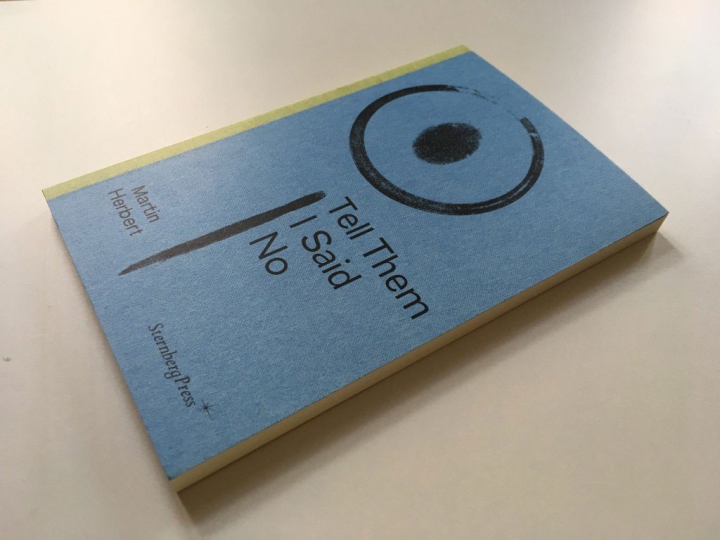I’m reading up on worms, and while I haven’t checked with anyone yet, I think this is a type of tube worm in the family Sabellidae, commonly called a feather duster worm. Which if you think about it, is an odd way to refer to its gorgeous feather-like anatomy.
Why not call it a feather worm? Or a bird worm? Or wing worm? (okay, that last one sounds like ring worm with a lisp) Feather duster? As in, we pluck birds and use their beautiful plumage to wipe the cocktail of dust mites and car exhaust off of our tawdry trinkets?
Or is it a sly reference to “ashes to ashes, dust to dust” knowing that worms might eat our bones? This feather duster will make short work of our dusty remains. But that just can’t be. This isn’t the worm of our morbid funerary fantasies. This little beauty lives underwater. I doubt that the likes of Ahab are at the top of its preferred dining list.
There is one aspect of this common name that I appreciate, and that is its common-ness. It’s a workaday name for something extravagantly beautiful, an ode to all of those in the cleaning industry, to everyone who has ever done the hard work of trying to keep a shine on life, an ode to every woman and man who has ever been relegated to cleaning up the mess of others.
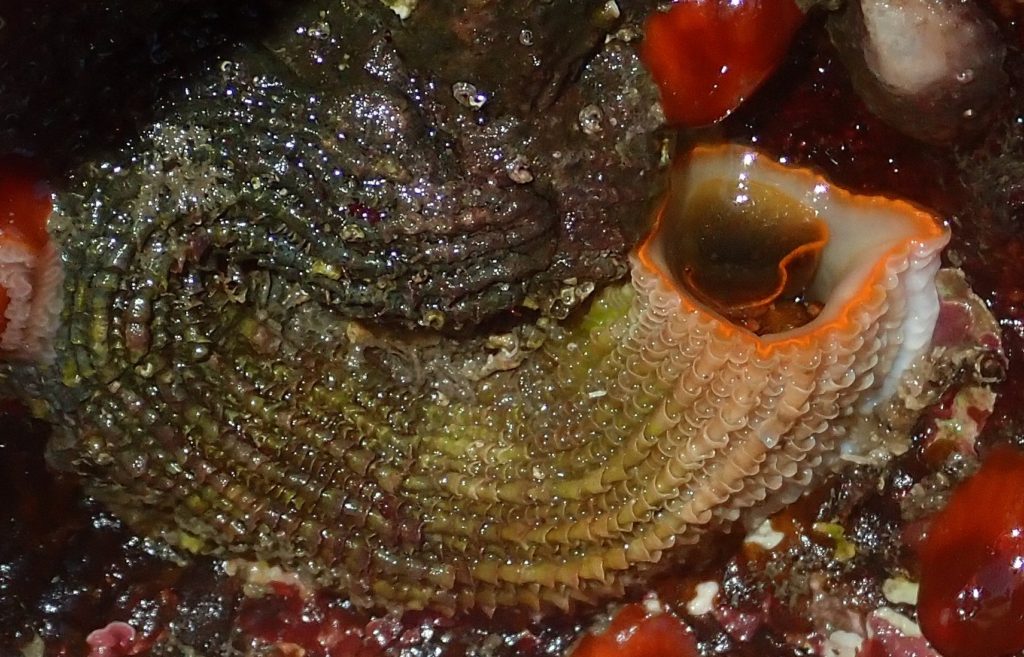
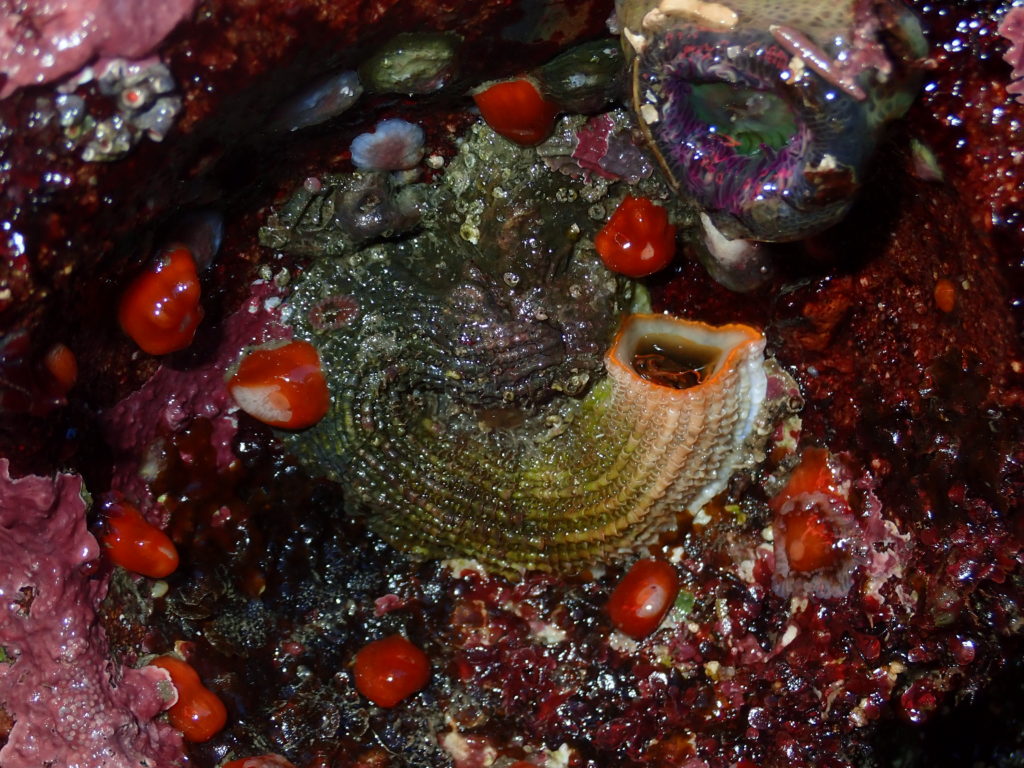
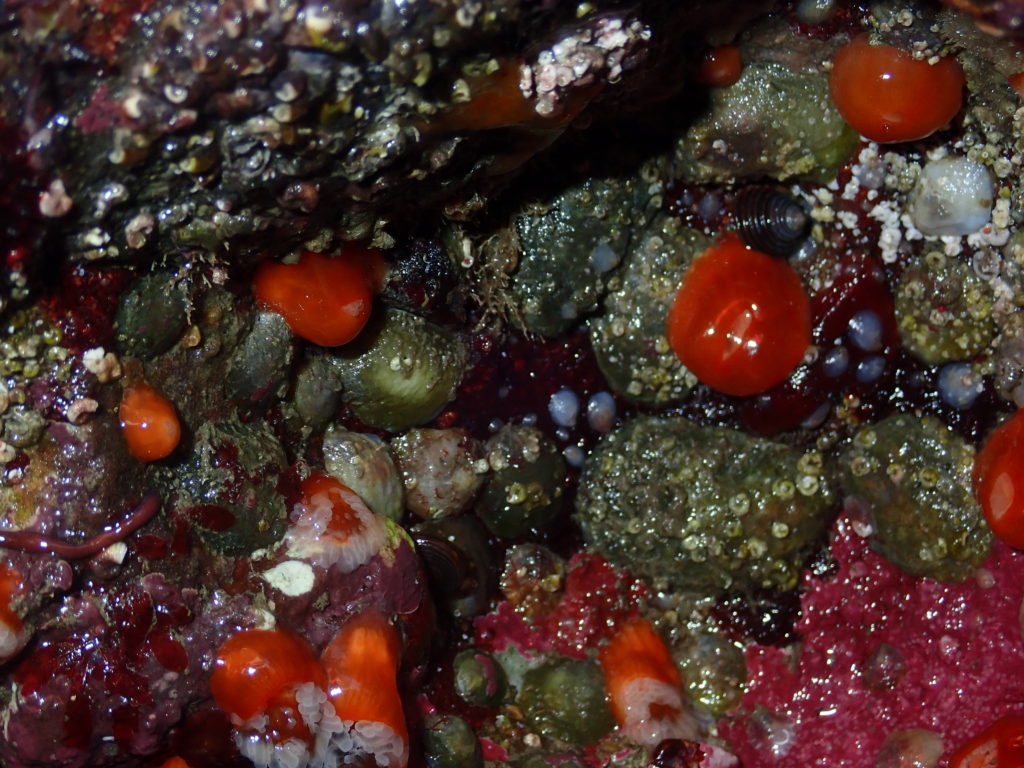

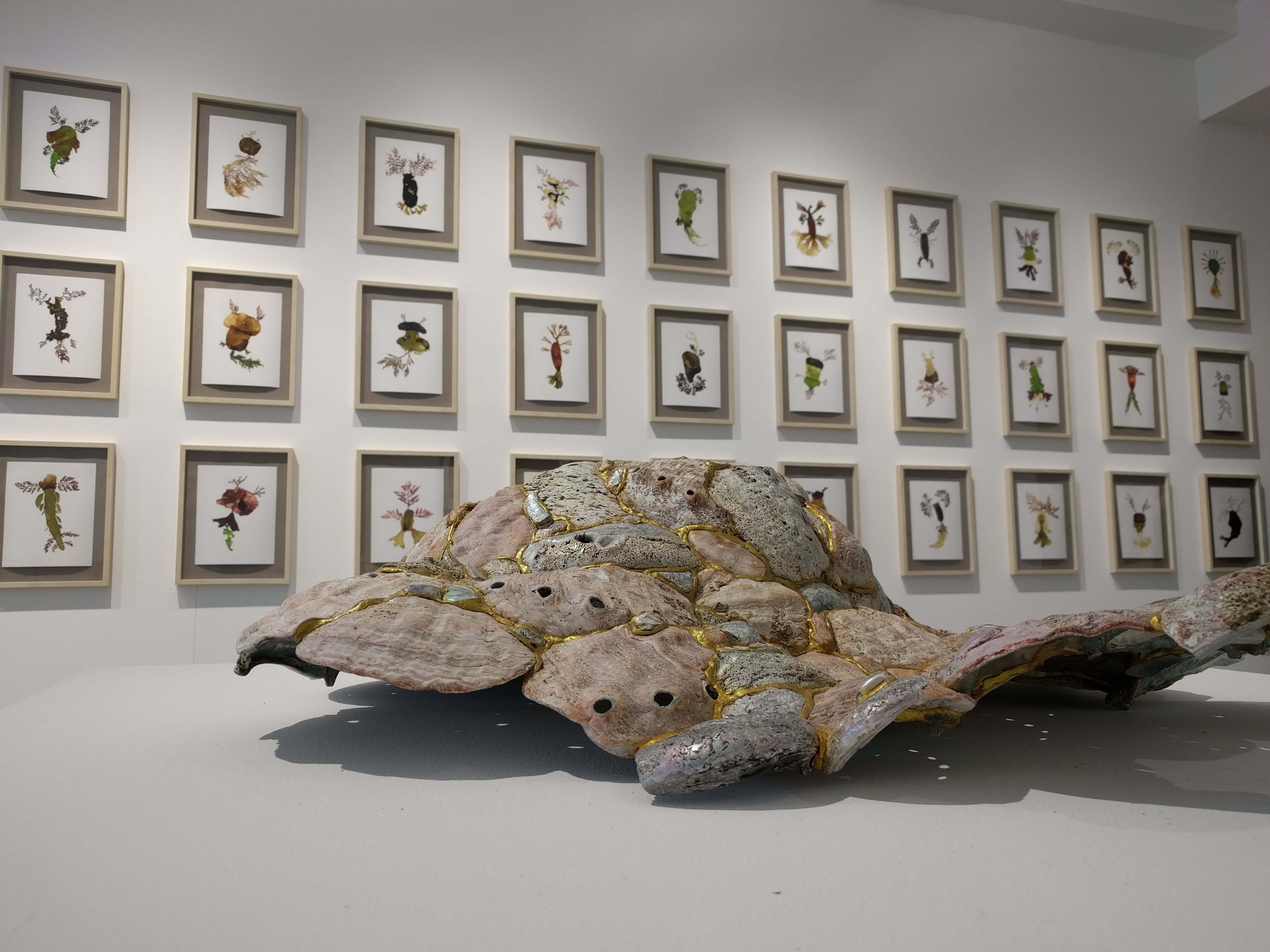
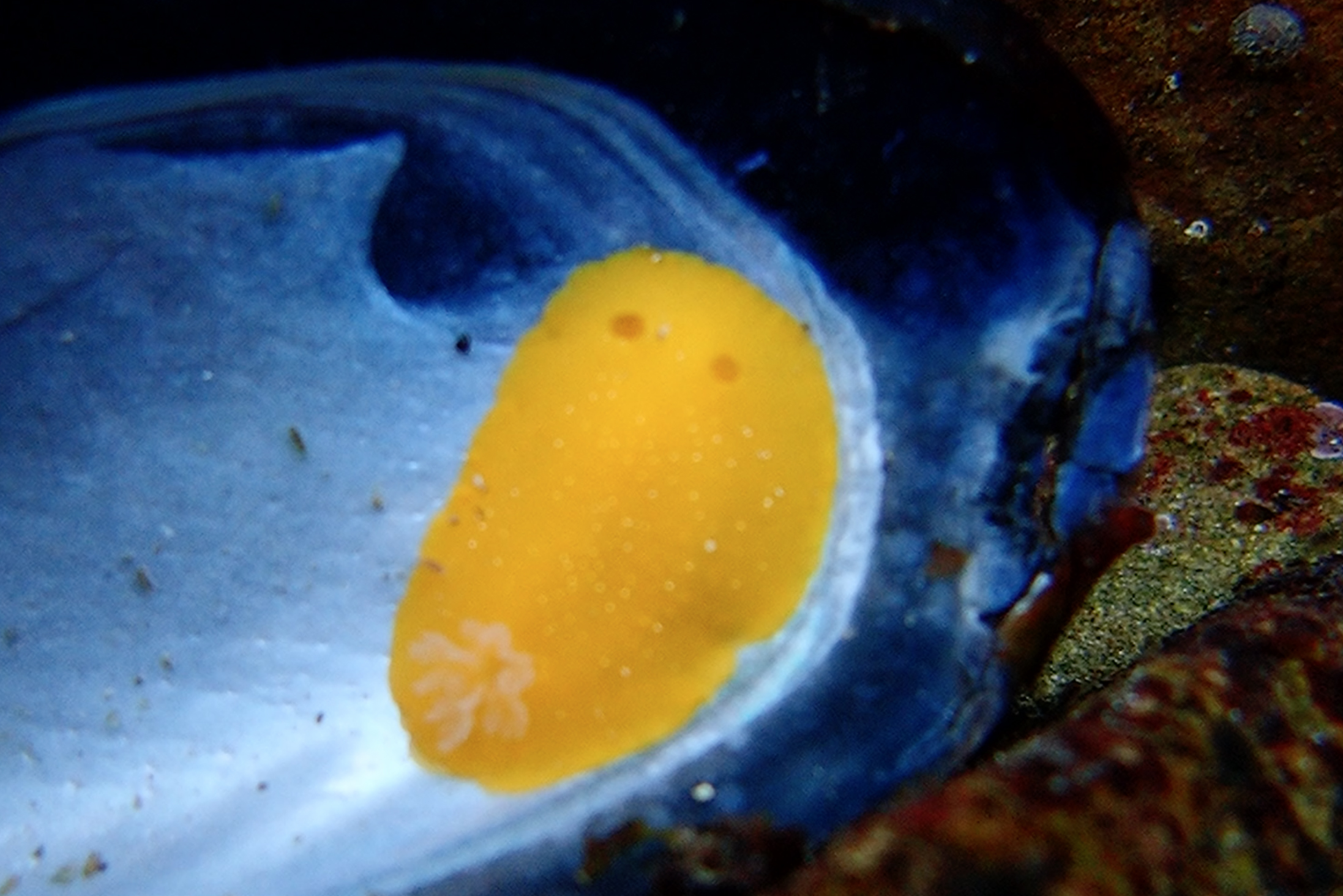
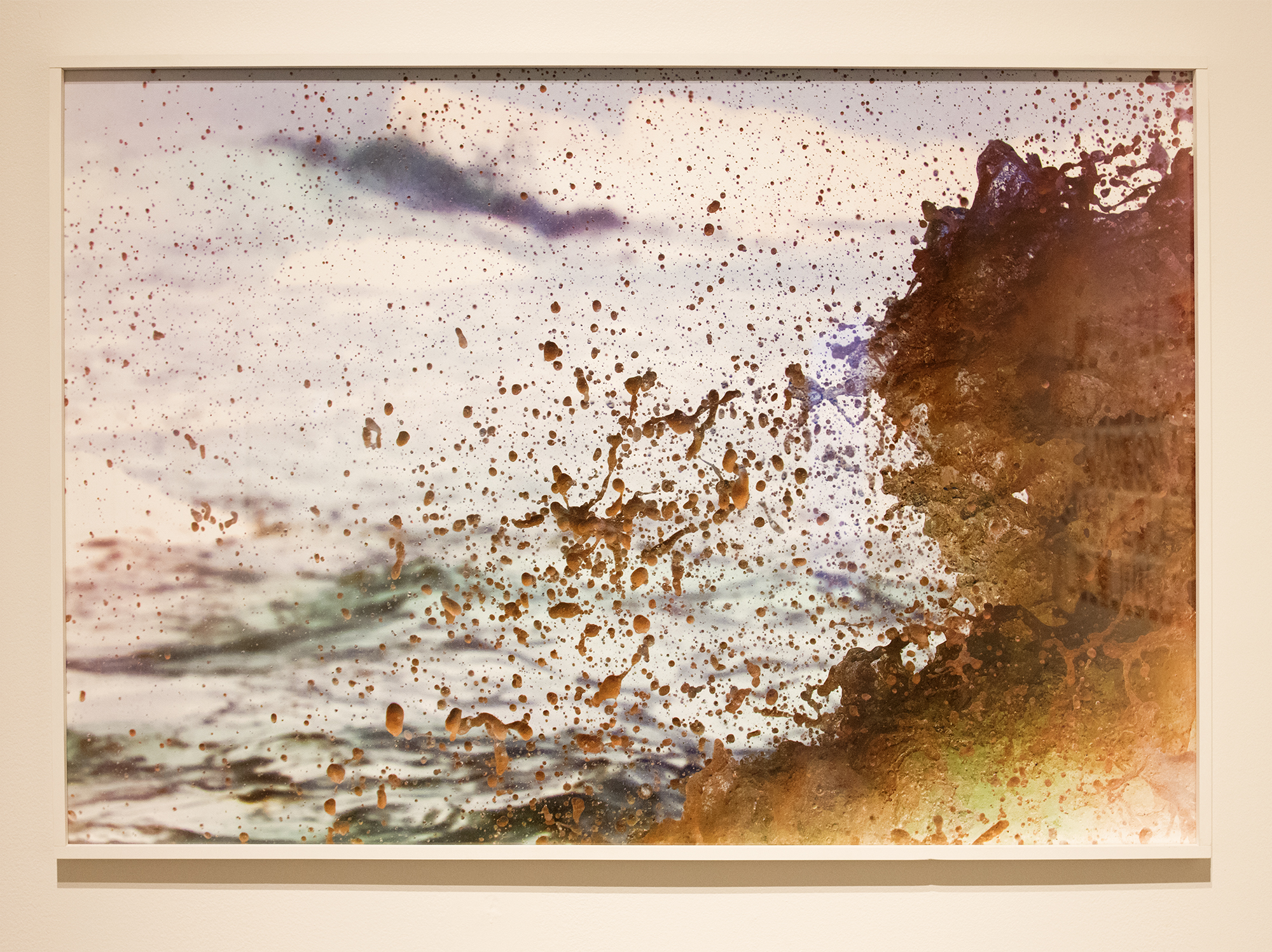
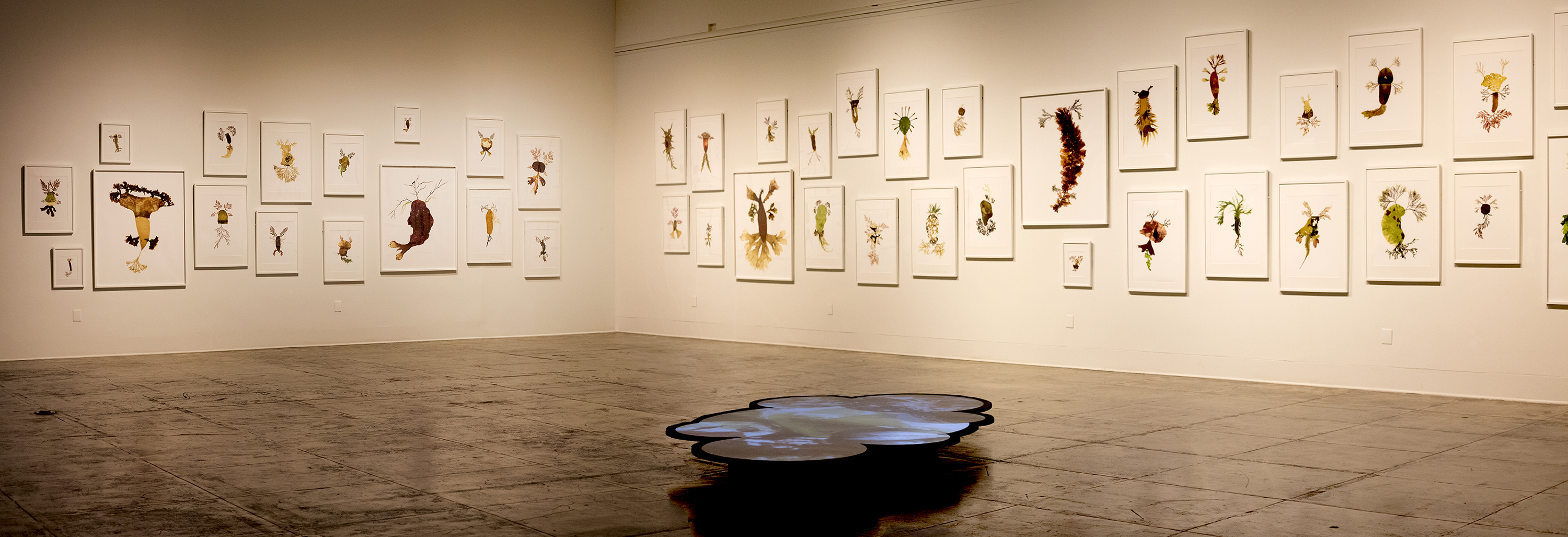

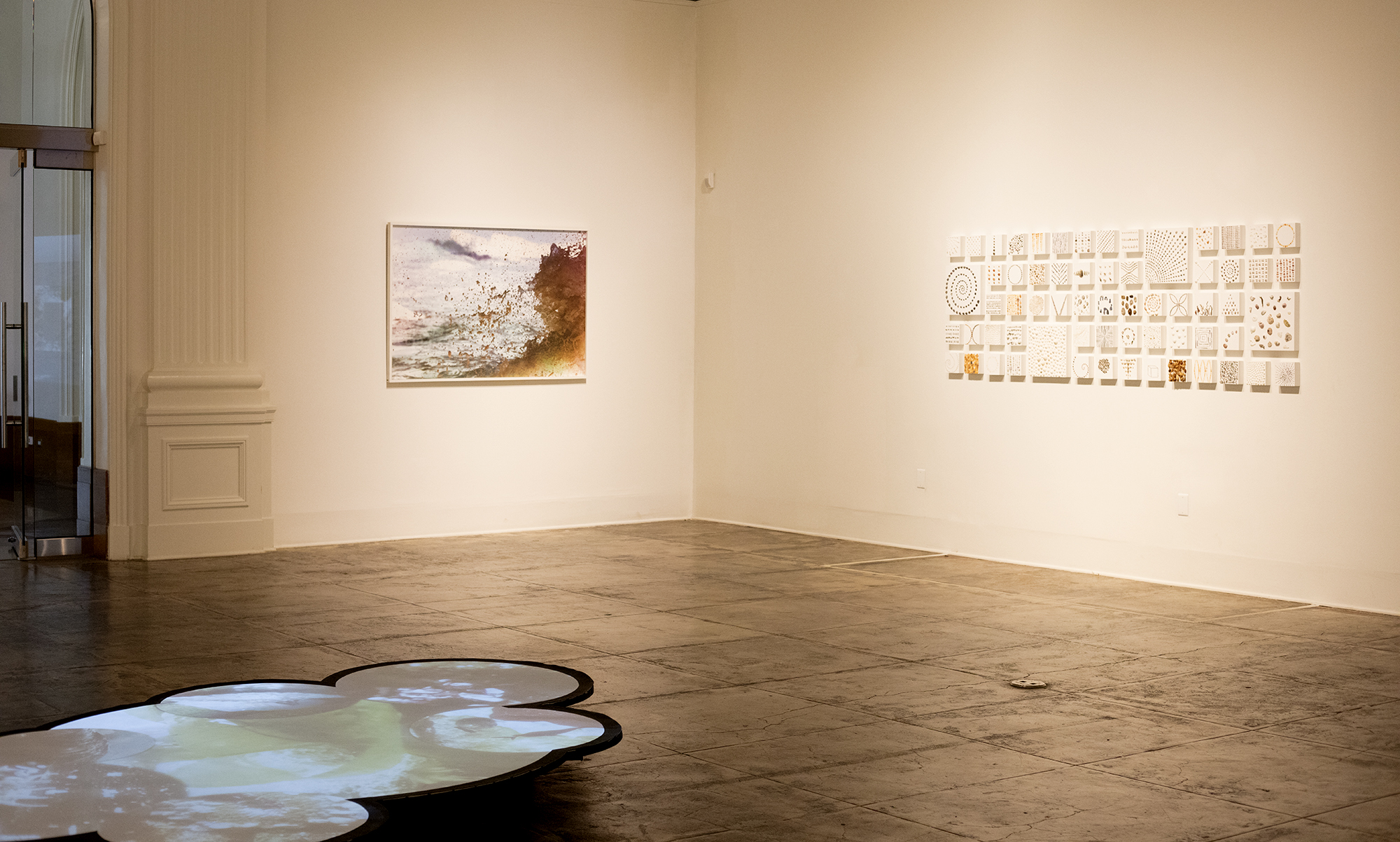
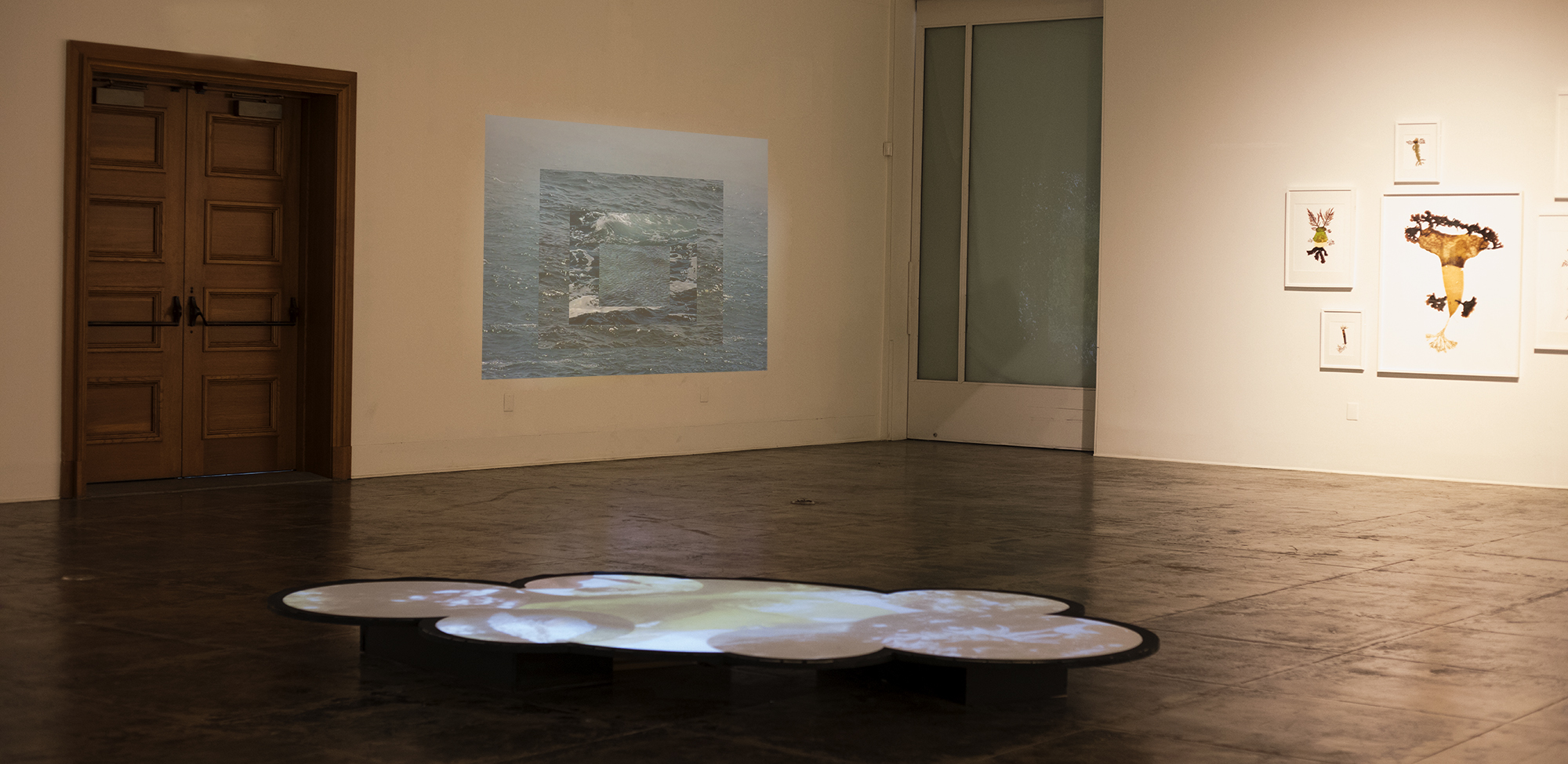
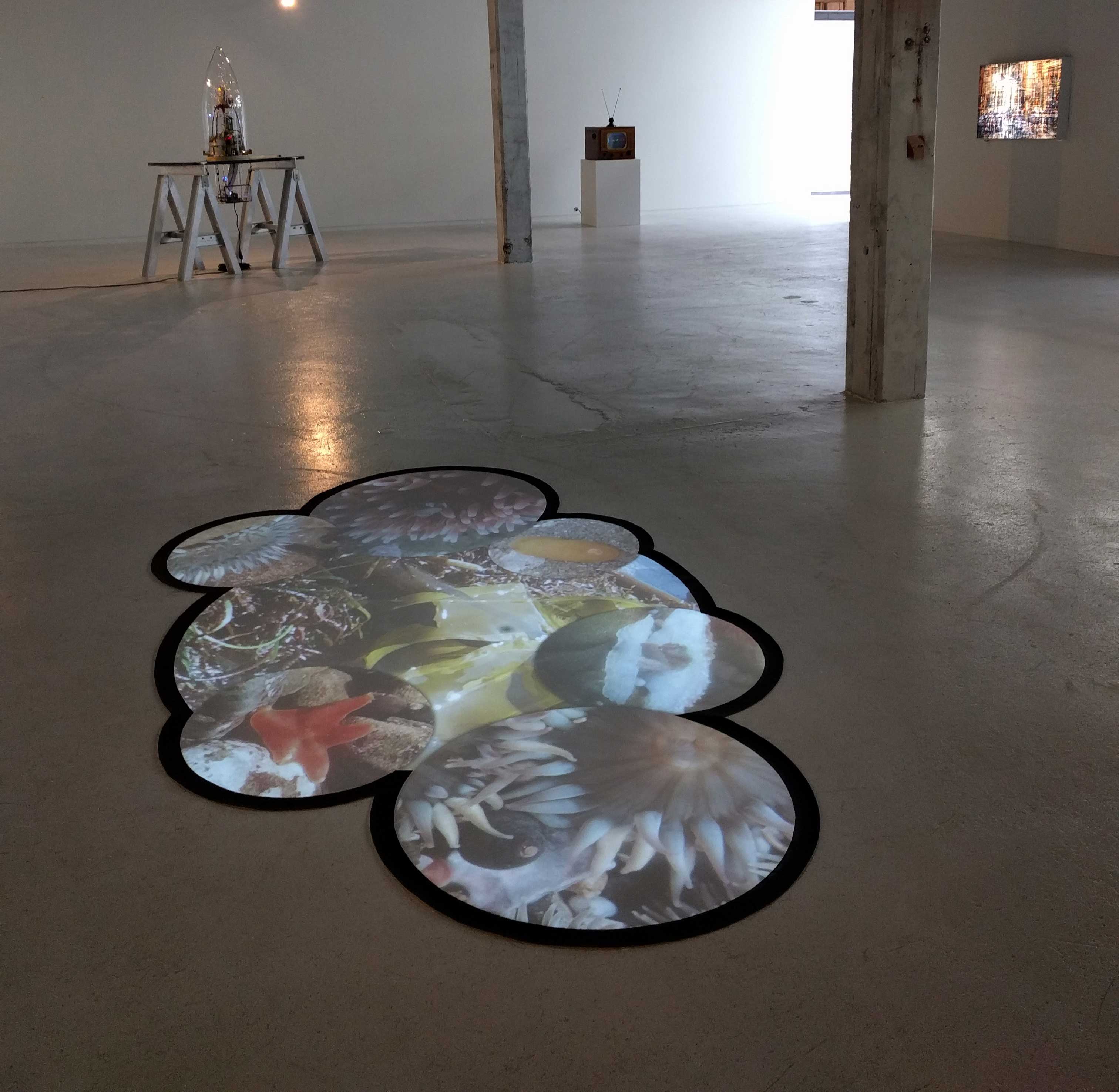 around to posting some photos. So here’s how it works: Pool was shot in the tide pools of Salt Point from late January through April of this year. The video is projected onto the floor, passing through a large dish just below the projector holding about six liters of water. The central video shows a round pool of waves washing seaweed onto the shore, and you can hear the waves lapping over and over. Six round videos surround this central image, each representing a tide pool. Some of the pools show a wide shot of activity, a few are macro close-ups, one is primarily red creatures. There are two other sounds: seagulls and fog horns. The gulls and the foghorns are triggered by electronics, which in turn trigger motors fitted with paddles, which in turn churn the water, which in turn distorts the video with wave patterns. The gulls and fog horns sound infrequently, and give the sensation of peering through the waves.
around to posting some photos. So here’s how it works: Pool was shot in the tide pools of Salt Point from late January through April of this year. The video is projected onto the floor, passing through a large dish just below the projector holding about six liters of water. The central video shows a round pool of waves washing seaweed onto the shore, and you can hear the waves lapping over and over. Six round videos surround this central image, each representing a tide pool. Some of the pools show a wide shot of activity, a few are macro close-ups, one is primarily red creatures. There are two other sounds: seagulls and fog horns. The gulls and the foghorns are triggered by electronics, which in turn trigger motors fitted with paddles, which in turn churn the water, which in turn distorts the video with wave patterns. The gulls and fog horns sound infrequently, and give the sensation of peering through the waves.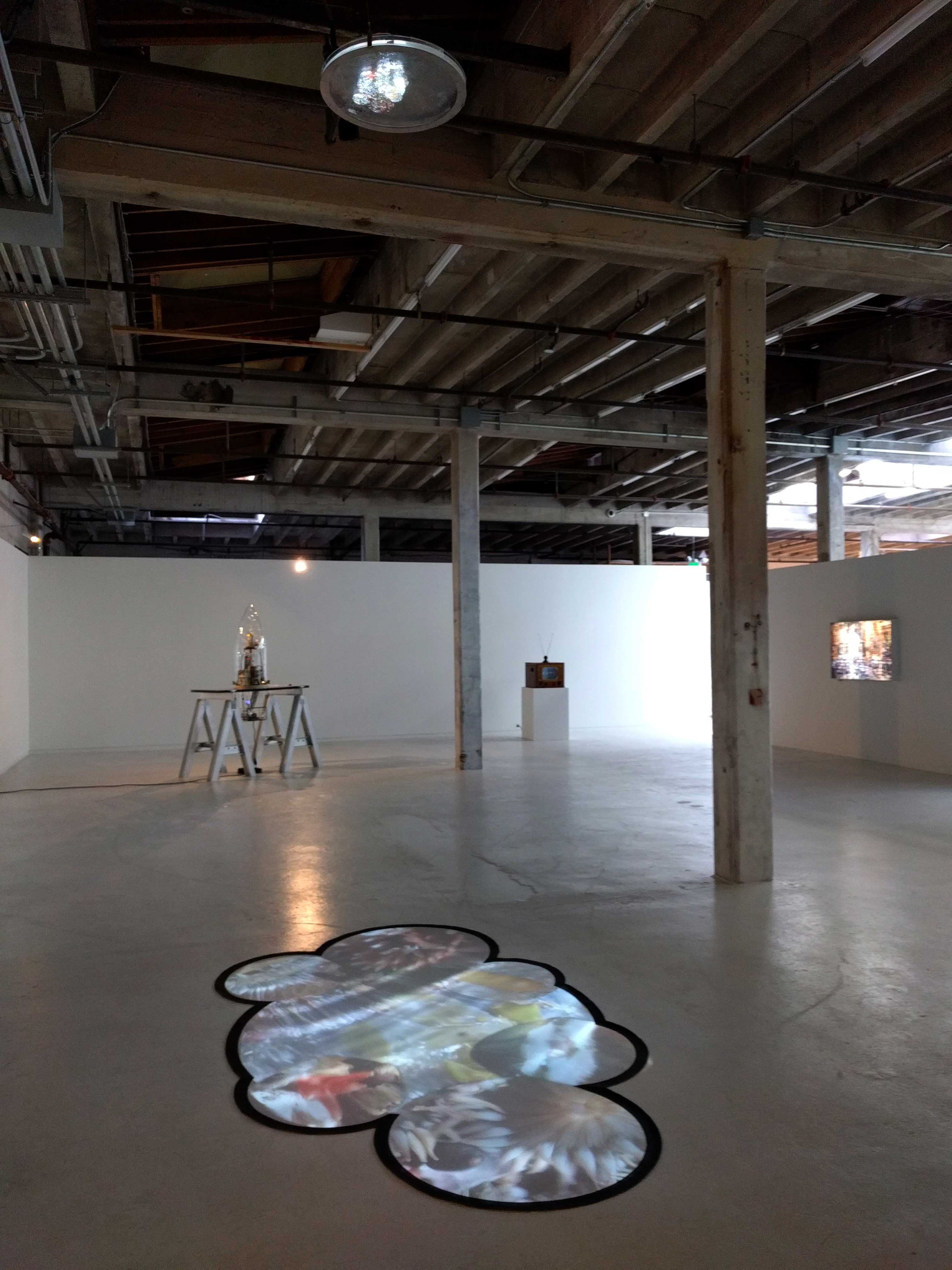 intertidal zone is a fascinating space between the high and low tides of oceans around the world. It’s a harsh space, subject to constant extremes, and exists in constant oscillation between dry exposure and salty inundation. It seems like a space filled with evolutionary experimentation, but it’s also a highly structured space. Each species fills a specific niche between high and low, wet and dry, exposed and hidden, hot and cold, still and rushing. Each of those narrow zones is susceptible to incessant tidal and seasonal changes. With rising and warming oceans, that’s a recipe for disaster. Many of these species can’t move easily or quickly, some can’t move at all once they become adults (mussels, barnacles, seaweed, etc).
intertidal zone is a fascinating space between the high and low tides of oceans around the world. It’s a harsh space, subject to constant extremes, and exists in constant oscillation between dry exposure and salty inundation. It seems like a space filled with evolutionary experimentation, but it’s also a highly structured space. Each species fills a specific niche between high and low, wet and dry, exposed and hidden, hot and cold, still and rushing. Each of those narrow zones is susceptible to incessant tidal and seasonal changes. With rising and warming oceans, that’s a recipe for disaster. Many of these species can’t move easily or quickly, some can’t move at all once they become adults (mussels, barnacles, seaweed, etc).